Your cart is currently empty!
Category: Culture
The Kanji Of The Year 2021 – “Gold” (Kin)
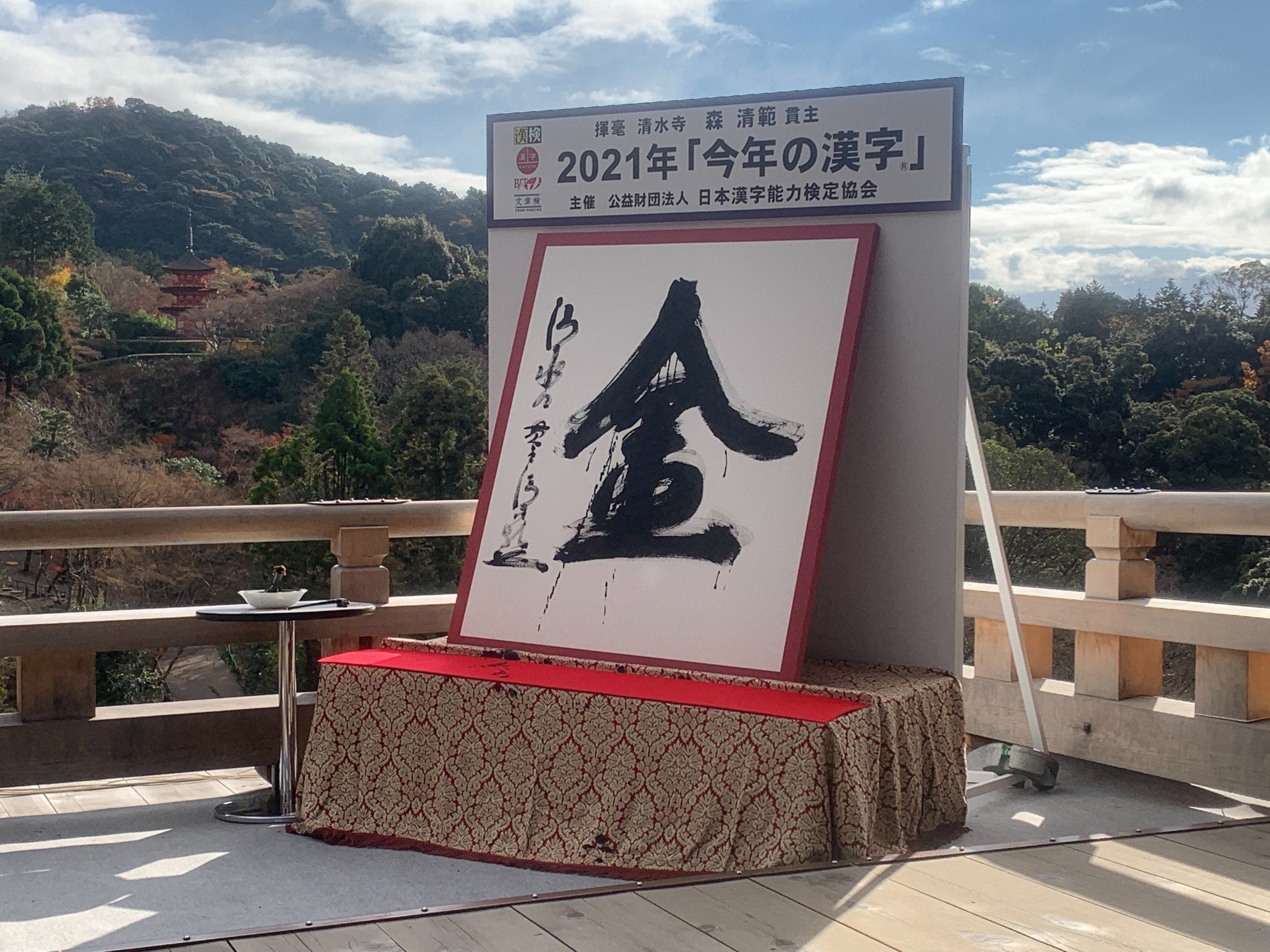
The kanji “kin” (金) , meaning gold or money, has been selected as the kanji that best summarizes the year, a Kyoto-based academic organization announced on Monday. The kanji was chosen in relation to the gold medals of the Tokyo 2020 Olympic and Paralympic Games, which took place in July 2021 after being postponed for… Read more
The “Kanji of the Year” in Japan
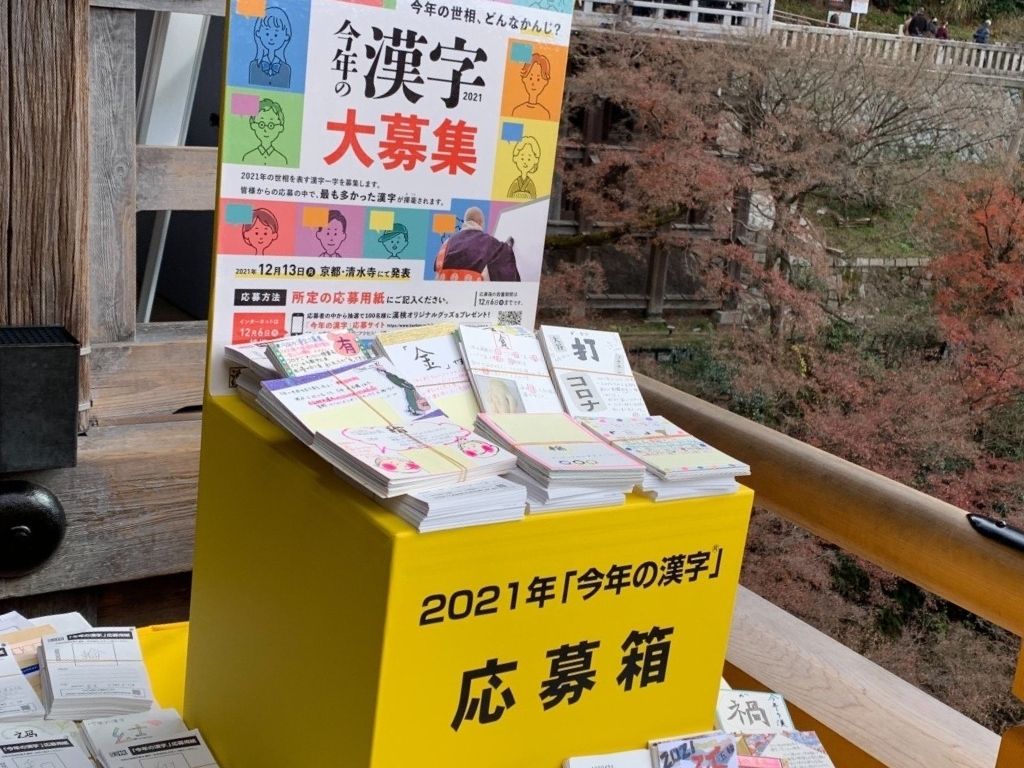
The “Kanji of the Year” is a campaign organized by the “Japan Kanji Proficiency Testing Association” (日本漢字能力検定協会 Nihon kanji nōryo kuken teikyōkai) as part of educational activities to convey the splendor and deep meaning of the kanji. This association chooses the Kanji from an open call (from November 1) and announces it as the kanji… Read more
The History of the Ninja or Shinobi

The ninja warriors that we see in the movies and in comics, assassins of the shadows, dressed entirely in black, with almost magical techniques that allow them to hide and carry out missions unnoticed, can be very attractive to the general imagination. But the historical reality of the ninja was different. During Japan’s feudal era,… Read more
POST-DILUVIAN WORLD RENAISSANCE

In the previous video, mention was made of what we will present today in more detail regarding the enigmatic archaeological vestiges and the widely reiterated myths since ancient times and which have led to serious suspicions that have forced the presentation of convincing evidence and explanations. Fortunately, more precise technologies and a more impartial and… Read more
Geisha – Guardians of Traditional Japanese Art
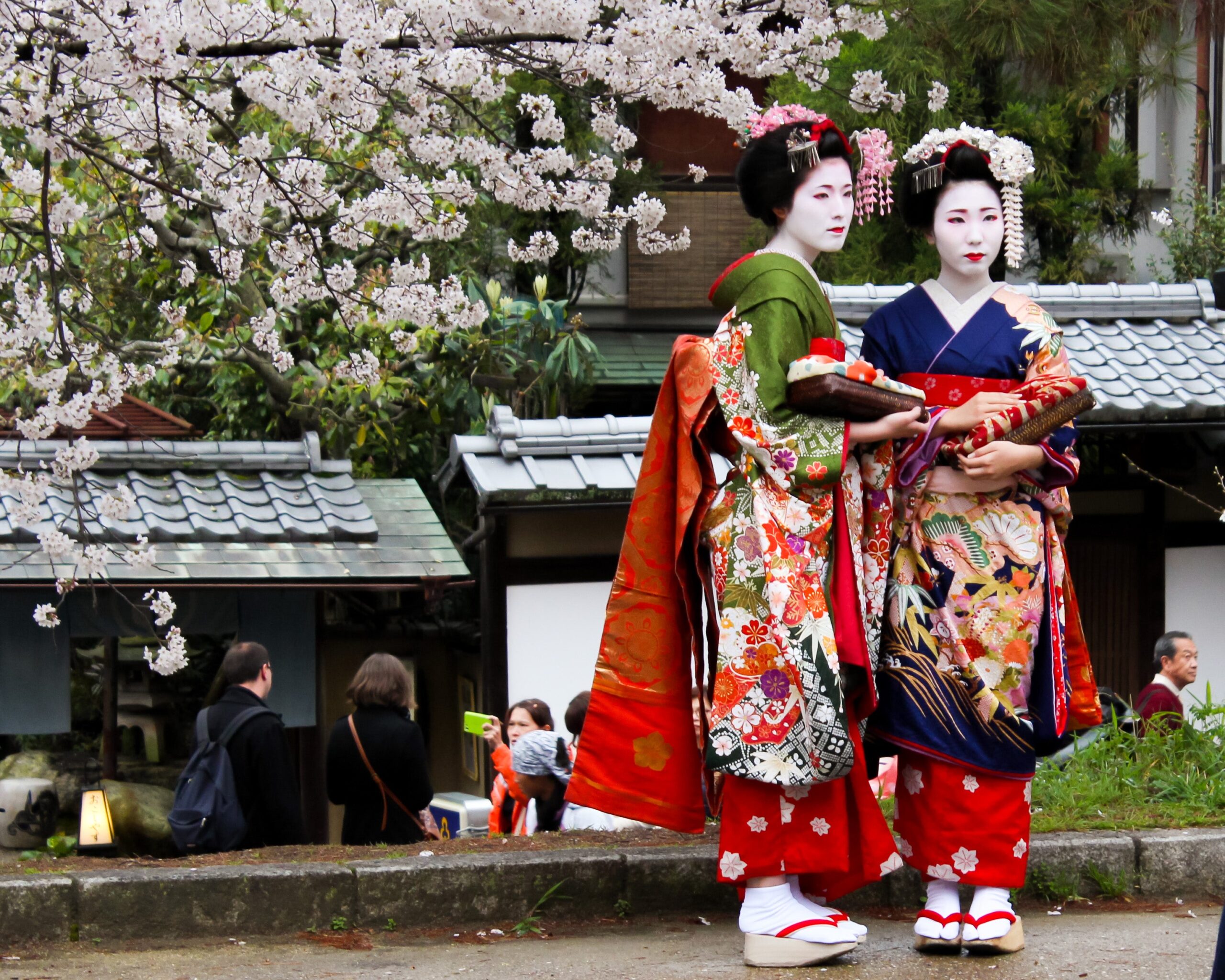
Geisha 芸者literally means: “person who practices the arts” Geisha are women who dedicate their lives to traditional Japanese arts and use their talents to entertain clients during banquets and shows. Originally the profession of geisha could be practiced by both men and women and their profession was officially recognized towards the second half of the 18th century.… Read more
Talks about architecture and urban planning

Very welcome to these talks (although, in this case, it is through a written article) that we will surely enjoy by sharing the interest that arises in any person for the arts in general and in this case, for architecture that brings together its attributes of beauty and harmony, with those who organize the spaces… Read more
Wagasa – Traditional Japanese Umbrella
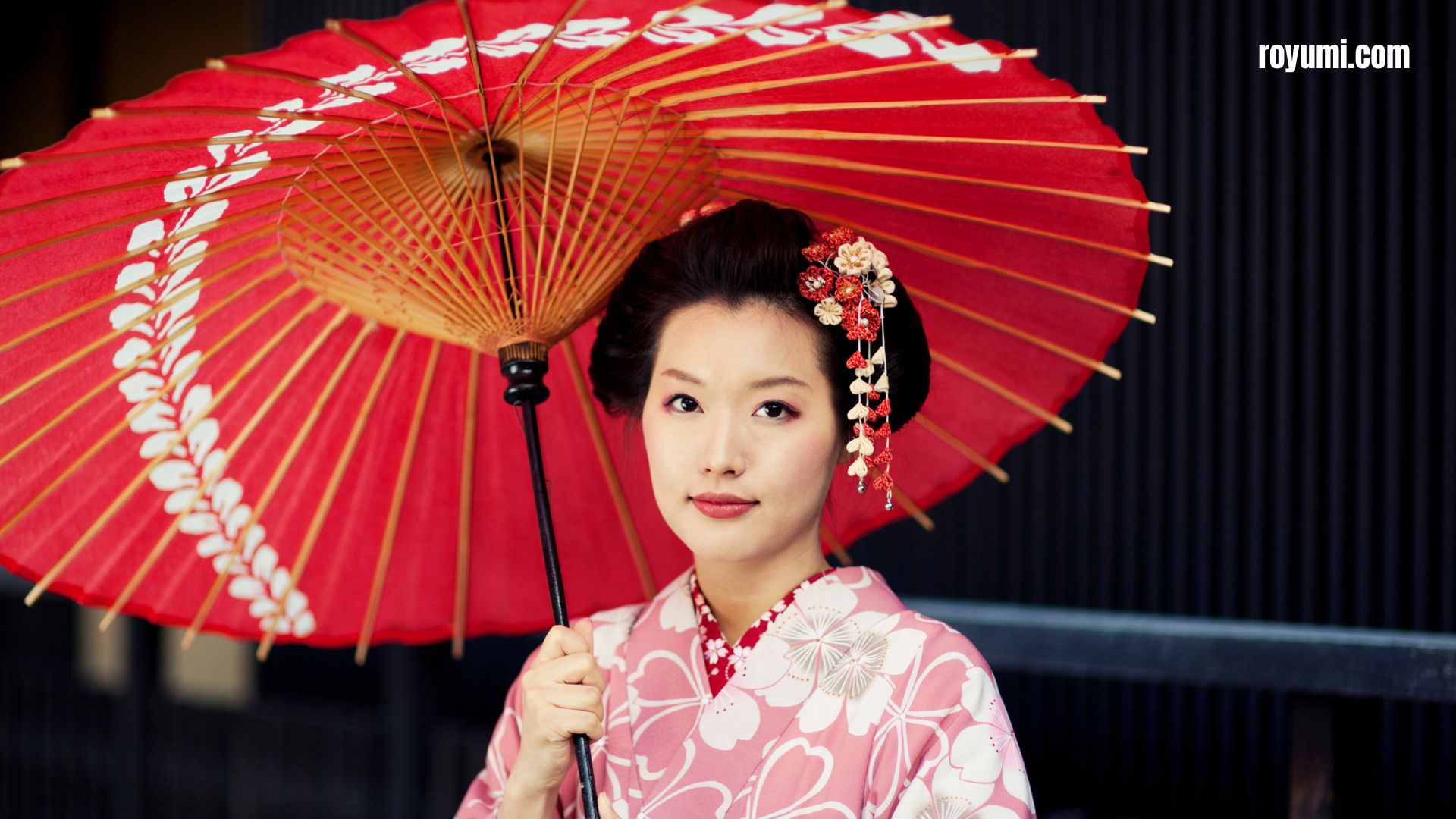
Wagasa (和伞) are traditional Japanese umbrellas, made of bamboo 竹 (wood) and washi 和纸(traditional Japanese paper). They were first introduced to Japan from China in the early Heian period (794-1185). The older form of wagasa umbrella was quite different from today’s traditional Japanese umbrellas in that they looked more like a straw hat with a cape and were… Read more
Shichi-Go-San – Traditional Japanese Festival
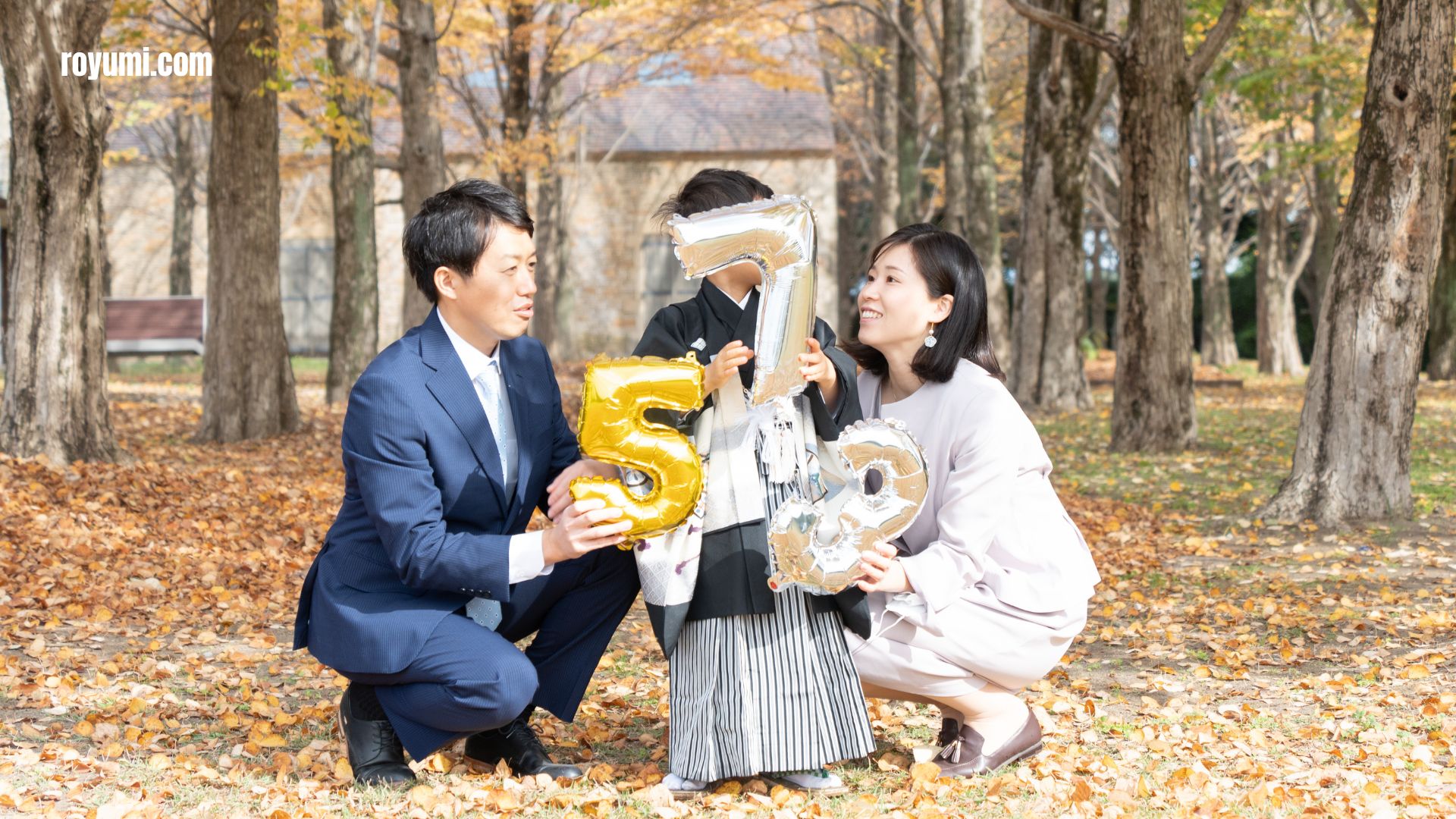
Shichi-Go-San (七五三 lit. “seven-five-three”) is a Japanese custom celebrated on November 15. On this day, five-year-old boys and three- and seven-year-old girls visit the shrines to pray for health and prosperity in their growth. In ancient Japan, children were more susceptible to disease and mortality in children was a serious problem. The Shichi-Go-San festival emerged… Read more
Mitsudomoe – Amulet against Fires

The mitsudomoe (三つ巴) is a common three-swirl or three- magatama design and is seen on Japanese family crests, roof tiles on traditional houses, Shinto shrines, and Buddhist temples. It also exists in its two-swirl version, the futatsudomoe (二つ巴) and both can be found in the design of taiko drums. This symbol is very representative and… Read more
Washi, Traditional Japanese Paper

Washi paper (和紙) is one of Japan’s most important artistic products. Over 1,300 years of production, it has formed the backbone of many other Japanese art forms. In fact, washi paper is so ingrained in Japanese culture that there are literally cities built around washi paper making. (You can watch the video of this post… Read more
